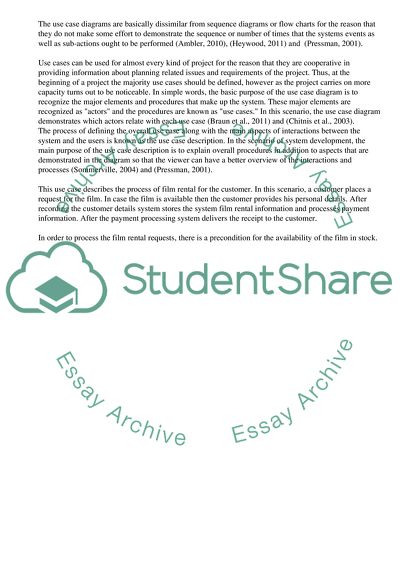Cite this document
(System Analysis and Design for Wooster Boomerang Films Ltd Case Study - 1, n.d.)
System Analysis and Design for Wooster Boomerang Films Ltd Case Study - 1. Retrieved from https://studentshare.org/business/1749393-system-analysis
System Analysis and Design for Wooster Boomerang Films Ltd Case Study - 1. Retrieved from https://studentshare.org/business/1749393-system-analysis
(System Analysis and Design for Wooster Boomerang Films Ltd Case Study - 1)
System Analysis and Design for Wooster Boomerang Films Ltd Case Study - 1. https://studentshare.org/business/1749393-system-analysis.
System Analysis and Design for Wooster Boomerang Films Ltd Case Study - 1. https://studentshare.org/business/1749393-system-analysis.
“System Analysis and Design for Wooster Boomerang Films Ltd Case Study - 1”. https://studentshare.org/business/1749393-system-analysis.


